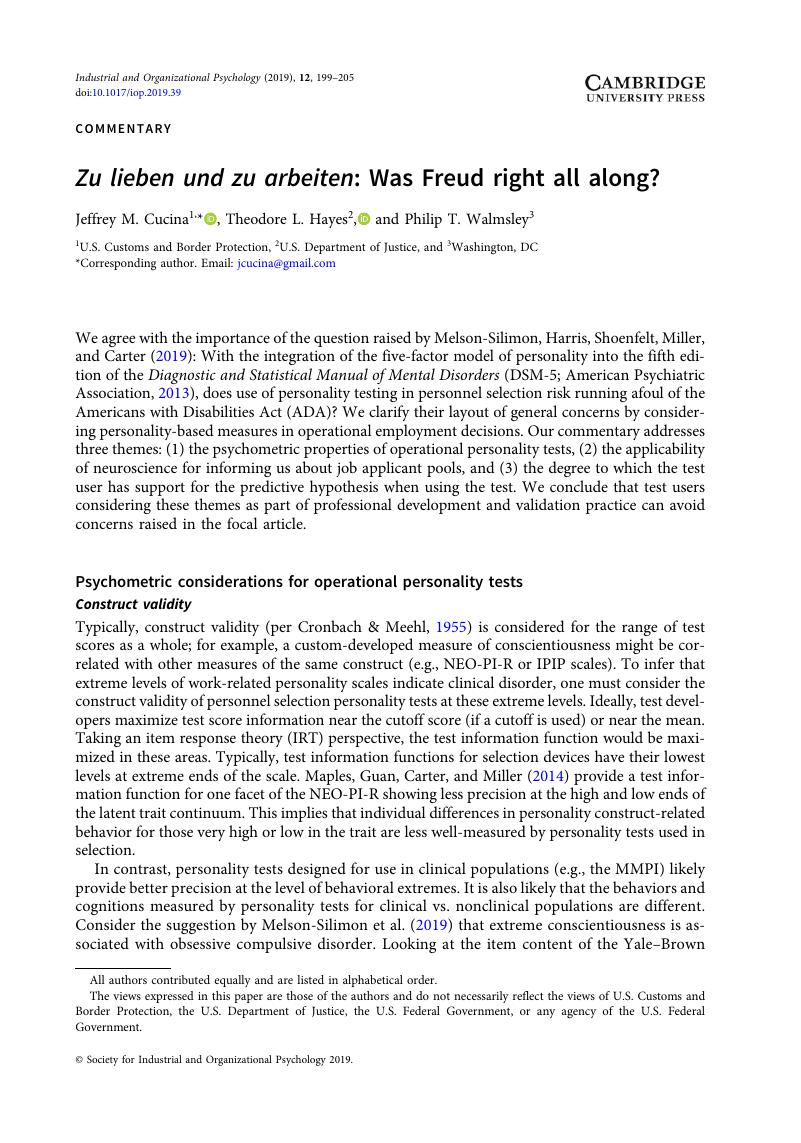No CrossRef data available.
Published online by Cambridge University Press: 01 August 2019

All authors contributed equally and are listed in alphabetical order.
The views expressed in this paper are those of the authors and do not necessarily reflect the views of U.S. Customs and Border Protection, the U.S. Department of Justice, the U.S. Federal Government, or any agency of the U.S. Federal Government.